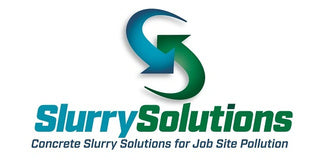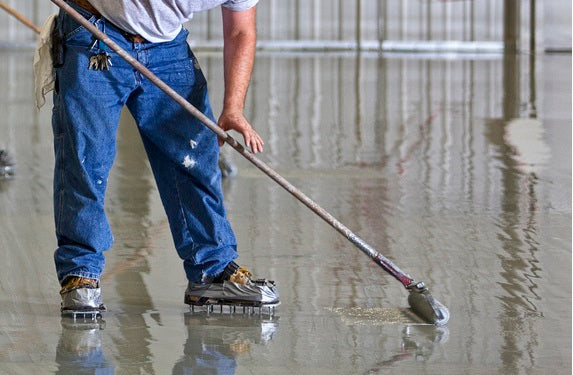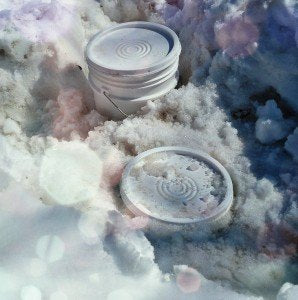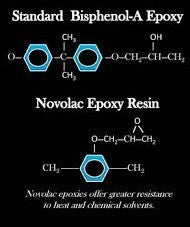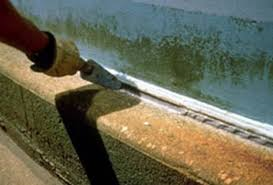Industrial Epoxy News
SlurrySep and SlurryDry demo
Posted by Steven Wadsworth on
What Type of Epoxy Are You Using and Why?
Posted by Steven Wadsworth on
The Effects of Cooler Weather on Coating Application
Posted by Steven Wadsworth on
The Breakdown on Novolac Epoxies
Posted by Steven Wadsworth on
Novolac Epoxies Novolac epoxies have more reactive groups along their chemical backbone and offer a more highly cross-linked polymer than other epoxies. This much higher degree of chemical crosslinking or crosslink density produces coatings with much greater chemical and thermal resistance. Novolac epoxies sometimes, however, require higher curing temperatures to achieve their maximum cured properties. Novolac epoxy resins have two distinct performance advantages. First, they have better chemical resistance due to their much higher functionality. And secondly, they have increased heat resistance when compared to other epoxy resins. In general, novolac epoxies are known for having greater resistance to oxidizing...
Dealing with Tank Chine Problems
Posted by Steven Wadsworth on
The chine is the flat steel plate at the bottom of steel tank that intersects and rest on a concrete pad, base or foundation. Water infiltration is a general problem for storage tanks, as moisture and water penetrates below the steel bottom or floor plate, creating a corrosive issue. Due to movement and weathering, regular sealants such as silicones, polyurethanes, mastics, asphalts, bitumens, or bonding tapes have not proven to be effective, long term solutions. Some problems associated with the above referenced sealants are: UV Degradation Shrinkage Poor Adhesion Limited Flexibility Brittleness The floor plate of the tank is resting...
- 0 comment
- Tags: Chine Seal, Thiokol



